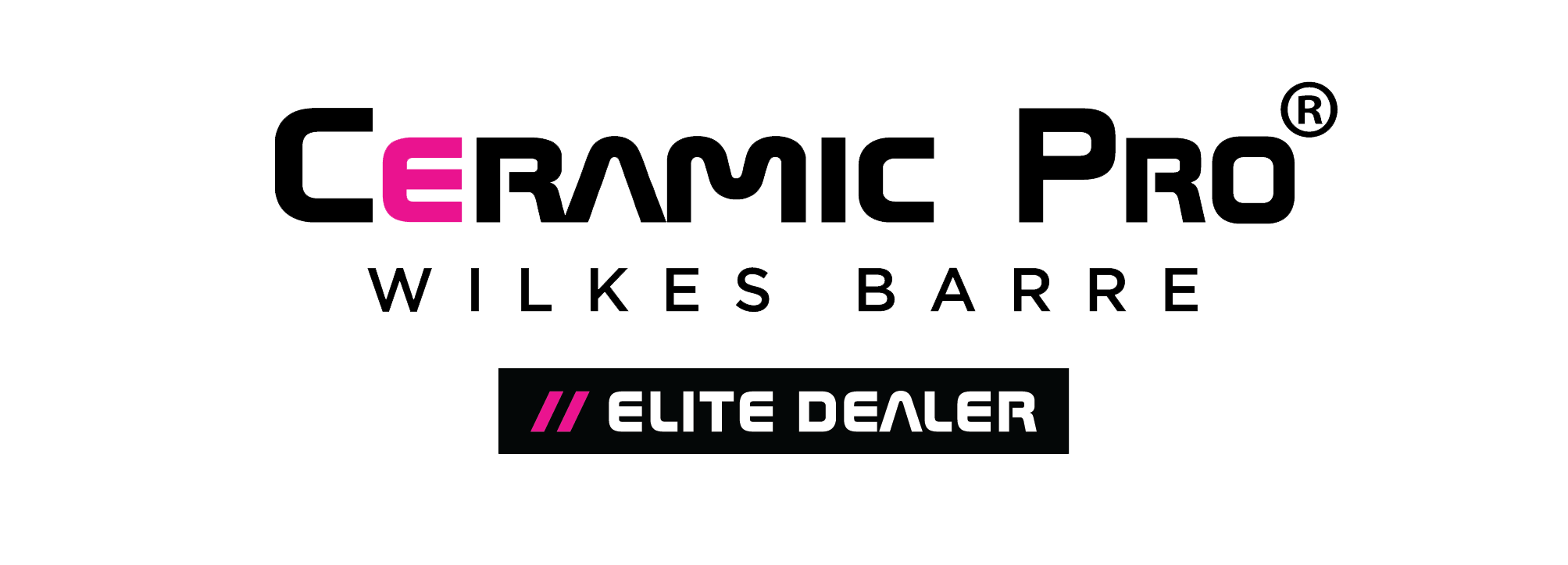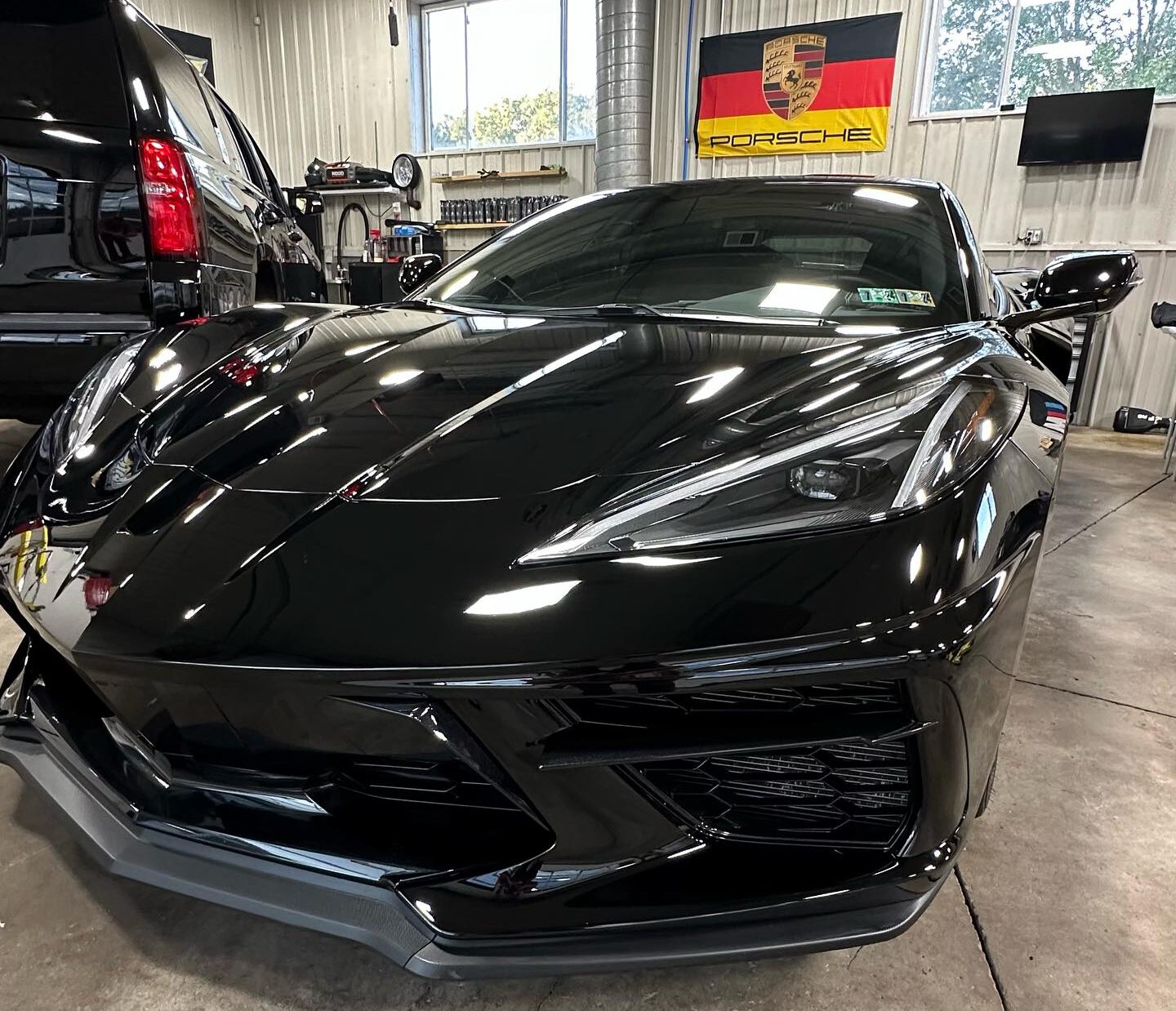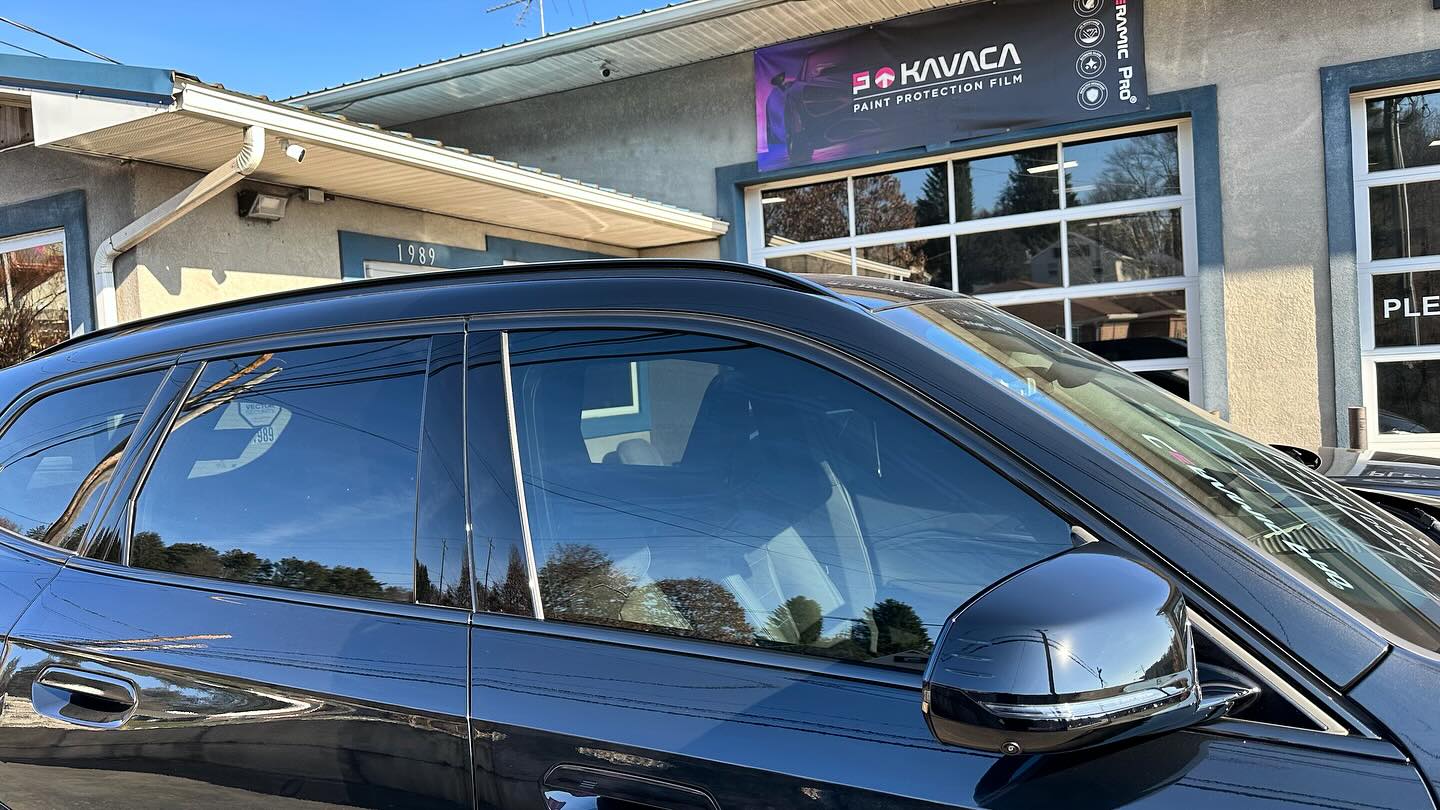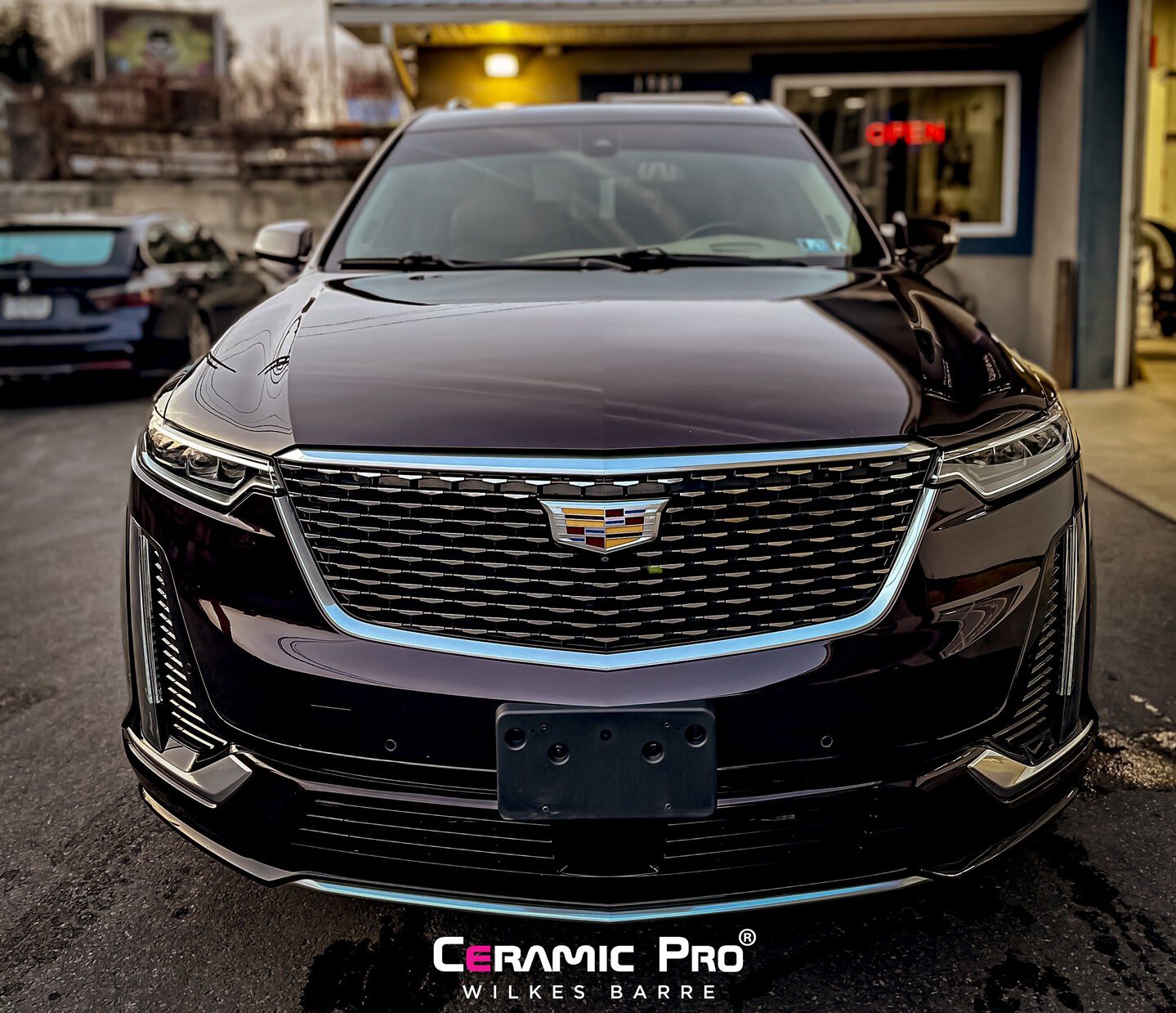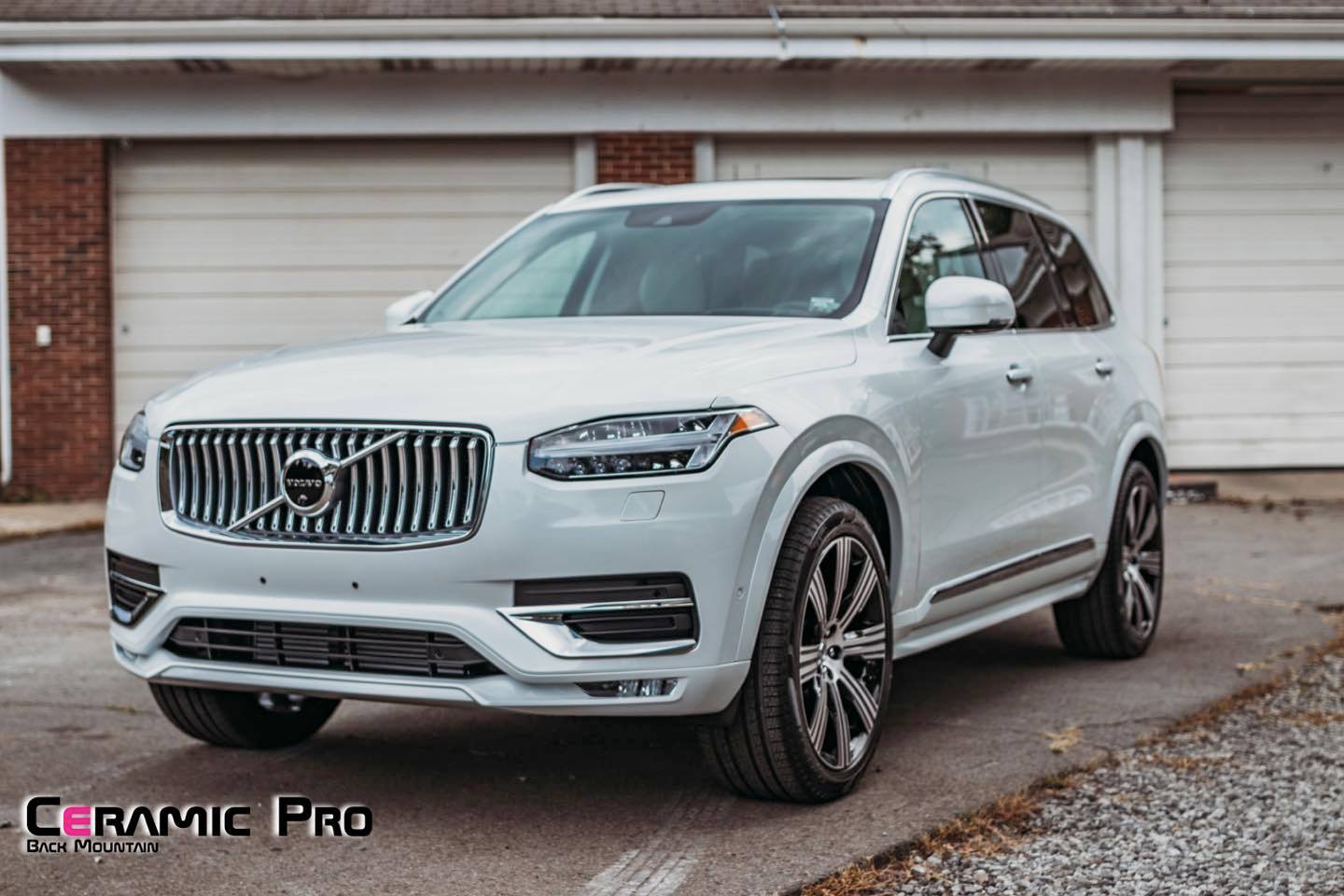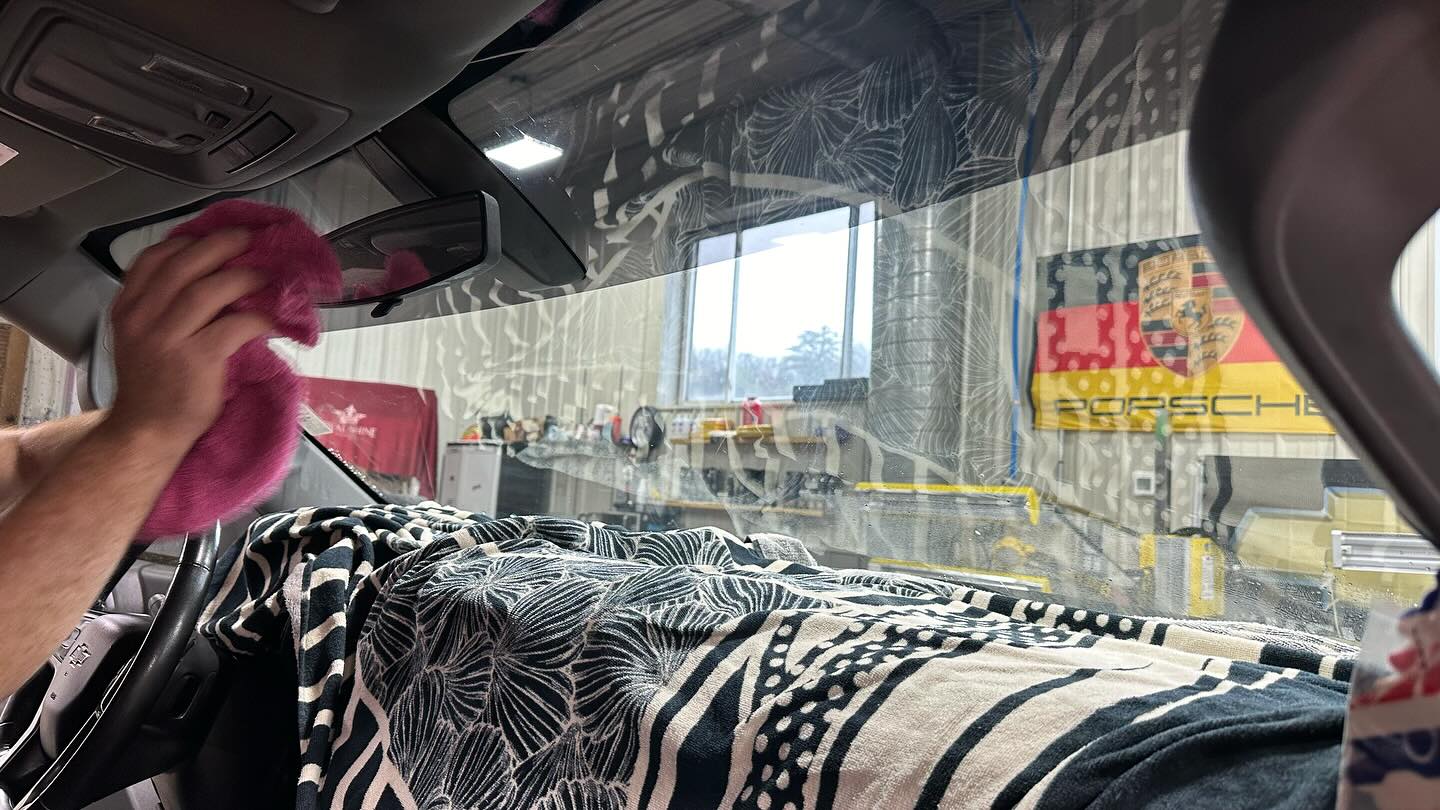Maximizing visibility and compliance is key when it comes to adhering to Pennsylvania’s legal window tint standards. Understanding the permissible tint levels for front and rear windows is essential, but there’s more to it than just the darkness of the tint.
Regulations, exceptions, and enforcement play significant roles in ensuring you stay within the law. Stay tuned to discover how these factors interplay and how you can navigate them effectively to make informed decisions about your vehicle’s window tint.
Key Takeaways
- Prioritize safety by complying with PA’s 70% light transmission rule for front-side windows.
- Understand fines and enforcement tools to ensure compliance and road safety.
- Medical exemptions require documentation for limited light exposure conditions.
- Choose the best window tinting for enhanced visibility, safety, and UV protection benefits.
Importance of Legal Tint Standards
Understanding the significance of adhering PA legal window tint standards is important for maintaining road safety and regulatory compliance. By following these regulations, you guarantee that your vehicle’s windows provide adequate visibility for you and others on the road. Legal tint standards have been put in place to enhance safety measures by preventing windows from being excessively dark, which could obstruct your view while driving. By adhering to these standards, you contribute to a safer driving environment for everyone on the road.
One of the benefits of complying with legal tint standards is that it reduces the risk of accidents caused by impaired visibility. Dark tints may hinder your ability to see pedestrians, cyclists, or other vehicles, especially in low-light conditions. By maintaining windows within the legal limits, you enhance your overall visibility and reduce the likelihood of being involved in a collision. Adhering to these standards also ensures that law enforcement officers can easily see into your vehicle, which is essential for their safety during traffic stops.
Permissible Tint Levels in PA
When considering permissible window tint laws in PA, it’s important to understand the legal tint percentages, enforcement procedures, and associated fines.
Regulations on tint darkness are strictly enforced to guarantee compliance with state laws. Certain exemptions and restrictions apply, so being well-informed is necessary to avoid potential penalties.
Legal Tint Percentages
To comply with Pennsylvania’s legal window tint standards, it’s important to understand the permissible tint levels in the state. In Pennsylvania, the front-side windows must allow at least 70% of light to pass through, while the back-side windows and rear windows can have any tinted darkness.
The benefits of adhering to these percentages include increased visibility for nighttime driving. and reduced glare. However, drawbacks may include less privacy and potentially less heat. reduction in the vehicle.
Understanding these legal tint percentages is critical for ensuring compliance with Pennsylvania regulations and maximizing safety on the road. Make sure to choose your window tint levels wisely to stay within the legal limits while enjoying the advantages of tinted windows.
Enforcement and Fines
Compliance with Pennsylvania’s legal window tint standards is enforced through strict regulations and fines tied to the permissible tint levels in the state.
The enforcement process involves law enforcement officers using specialized tools to measure the darkness of window tints during routine traffic stops or checkpoints.
Violations can result in fines ranging. These fines serve as a guarantee that drivers adhere to the state’s tint regulations, promoting safety and visibility on the roads.
It’s important to stay informed about the permissible tint levels and comply with the law to avoid penalties and maintain road safety for yourself and others.
Exemptions and Restrictions
Enforcement of Pennsylvania’s legal window tint standards includes specific exemptions and restrictions based on permissible tint levels in the state. Exemptions are granted for medical considerations, allowing individuals with conditions that require limited exposure to sunlight to have darker window tints than the legal limits. However, these medical exemptions must be supported by appropriate documentation.
Restrictions are in place to guarantee compliance with legal limits on tint darkness, which are set at 70% for the front side windows, 70% for the back side windows, and 70% for the rear windshield. It’s vital to adhere to these regulations to avoid fines and ensure road safety for yourself and others. Make sure to understand the nuances of Pennsylvania’s window tint laws to stay within the permissible limits.
Regulations for Front Windows
When considering the regulations for front windows, it’s important to be aware of the specific requirements set forth by Pennsylvania law. The front window plays a vital role in guaranteeing visibility and safety while driving, making adherence to tinting regulations essential.
In Pennsylvania, the front window must allow at least 70% of light to pass through. This requirement guarantees that drivers have clear visibility, especially at night or in adverse weather conditions. By maintaining this standard, you not only comply with the law but also prioritize safety on the road.
It is worth noting that non-reflective tint is permitted on the top four inches of the front windshield. This exception aims to reduce glare from the sun, enhancing visibility without compromising safety. However, any tint applied to the rest of the front window must meet the 70% light transmittance requirement.
Failure to comply with front window tint regulations can result in fines and penalties. By understanding and following these rules, you demonstrate your commitment to safe driving practices and contribute to overall road safety.
Regulations for Rear Windows
Pennsylvania regulations for rear windows mandate that vehicles maintain a light transmittance of at least 70% to guarantee visibility and safety while driving. Ensuring that your rear window tint complies with these visibility regulations is vital for your safety and the safety of those around you.
Here are some key points to keep in mind:
- Safety First: Maintaining proper visibility through your rear window ensures you can react swiftly to any unexpected situations on the road.
- Compliance Matters: Adhering to the state regulations shows that you’re a responsible driver who respects the law and prioritizes safety.
- Clear Vision, Clear Mind: A clear rear window not only enhances visibility but also contributes to a sense of clarity and focus while driving.
- Community of Responsible Drivers: By following the visibility regulations, you join a community of drivers who value safety and compliance.
- Peace of Mind: Knowing that you’re driving within the legal limits for rear window tint can give you peace of mind during your journeys.
Exceptions and Medical Exemptions
Exceptions from the tint regulations can be granted for specific medical conditions that require reduced light exposure. In Pennsylvania, individuals with medical conditions that necessitate limited exposure to sunlight may be eligible for tint waivers on their vehicle windows. These medical conditions could include, but aren’t limited to, lupus, porphyria, and xeroderma pigmentosum, among others. To obtain a tint waiver based on a medical condition, individuals must provide documentation from a licensed physician detailing the specific condition and the recommended level of light exposure limitation.
The process for obtaining a medical exemption for window tint in Pennsylvania involves submitting an application to the Pennsylvania Department of Transportation (PennDOT) for review. This application typically includes a form that needs to be completed by both the applicant and their healthcare provider. The healthcare provider’s documentation must outline the medical necessity for reduced light exposure and specify the level of tint that’s deemed appropriate for the individual’s condition.
It is important to note that tint waivers based on medical conditions are granted on a case-by-case basis, and approval isn’t certain. Individuals seeking a medical exemption for window tint in Pennsylvania should make sure that all required documentation is accurate, complete, and submitted promptly to maximize their chances of approval.
Enforcement and Penalties
Enforcement of Pennsylvania’s legal window tint standards is carried out by law enforcement authorities who monitor vehicles for compliance with tint regulations. Failure to adhere to these regulations can result in consequences that impact both your safety and your wallet.
- Fines: Violating tint regulations can lead to fines for each offense. Repeat offenses may result in higher fines.
- Traffic Citations: Non-compliance with tint laws can lead to receiving a traffic citation, which may affect your driving record and potentially increase your insurance rates.
- Vehicle Inspections: Law enforcement officers may require you to remove illegal tint on the spot or provide proof of compliance through a vehicle inspection station.
- Court Appearance: Serious violations may require a court appearance, where you may have to pay additional court fees on top of fines.
- Tint Removal: In some cases, you may be required to remove illegal tint immediately, leading to additional expenses to bring your vehicle into compliance.
It is essential to understand the enforcement mechanisms and potential consequences of violating Pennsylvania’s window tint regulations to avoid unnecessary penalties. By ensuring your vehicle complies with the law, you can drive safely and confidently without the risk of facing enforcement actions.
Tips for Choosing Legal Tint
When selecting legal tint for your vehicle in Pennsylvania, consider the shade level that complies with state guidelines. The tint of darkness is important as it determines the amount of visible light that can pass through the windows. In Pennsylvania, the front side windows must allow more than 70% of light in, while the back side and rear windows can have any darkness as long as the vehicle has both side mirrors. Adhering to these regulations guarantees you maintain visibility while driving and avoid potential fines.
Additionally, when choosing tint, prioritize options that offer UV protection. UV rays can be harmful to your skin and eyes, and they can also cause damage to your vehicle’s interior. Look for tints that clearly state their UV protection level, typically measured in a percentage. Opting for a tint that provides high UV protection not only keeps you safe but also helps preserve your vehicle’s upholstery and dashboard.
Summary
Adhere to the permissible tint levels for front and rear windows to guarantee maximum visibility and compliance with PA legal window tint standards.
Be aware of any exceptions or medical exemptions that may apply. Enforcement of these regulations is strict, with penalties for non-compliance.
When choosing tint, opt for options that meet legal standards to avoid fines or citations. Stay informed and make the right choice to keep your vehicle in line with the law.
